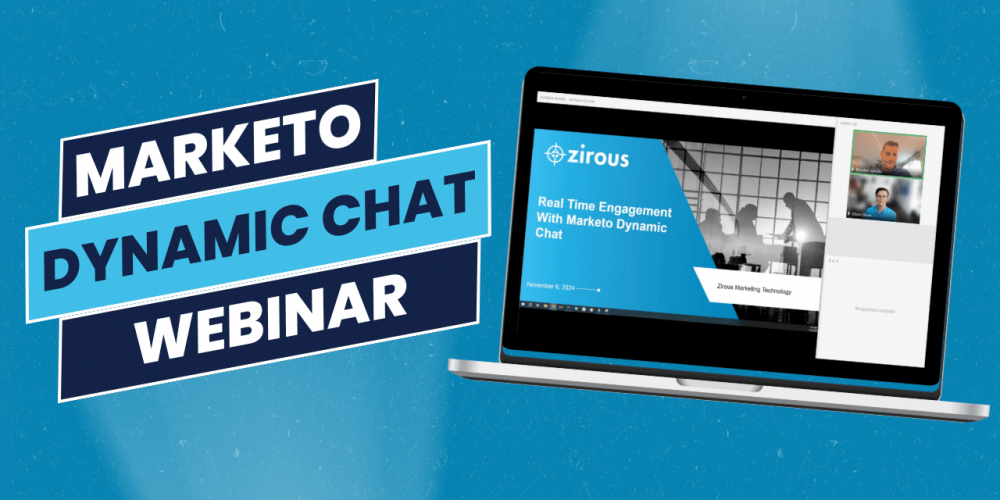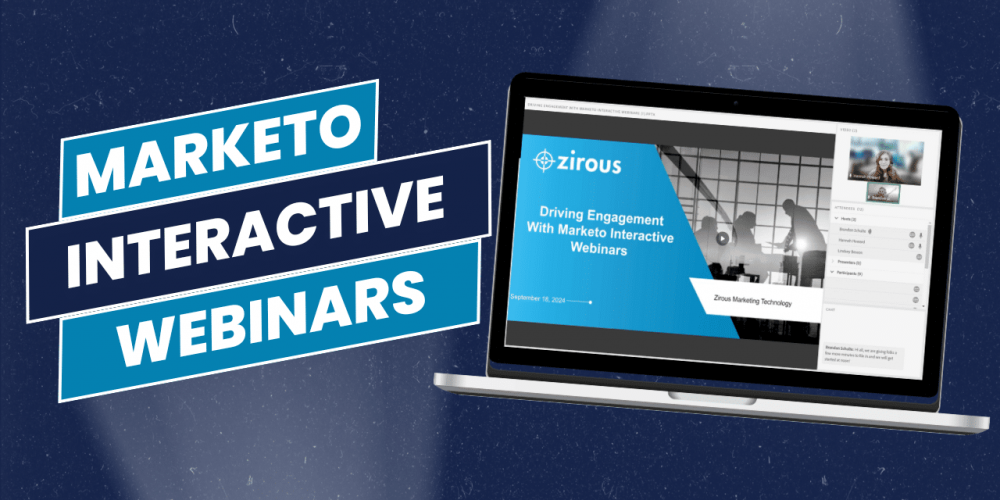Looking to enhance your website's engagement and capture valuable leads in…
In today’s world, it is more important than ever to understand the data we are using. Where was it collected, who processed it, what is the data as a whole telling us? There are many issues that can arise if we use data incorrectly, or incomplete data to prove our point. A very good example of “not understanding our data” phenomenon was covered in an article from The Atlantic: “Why the Pandemic Experts Failed.” The article makes the case that the failure to act on the pandemic was mostly due to a poor understanding of the data available. They make 3 key points:
1. All data are created; data never simply exist.
2. Data are a photograph, not a window.
3. Data are just another type of information.
All of the aforementioned points would have been answered if the companies and organizations used a product like Tealium. Tealium is a real-time customer data orchestration and enterprise tag management tool. It allows marketers to be in complete control of and understand their data from start to finish. Let me show how Tealium answers these questions and enables businesses to trust, understand, and rely on the data they generate.
All data are created; data never simply exist.
In the article, The Atlantic explains “The government missed the initial explosion of COVID-19 cases because, despite its many plans to analyze data, it assumed that data would simply materialize.”
Data does not simply exist. It must first be generated and stored in an organized manner before it can be used. Not only that but all the data used from every source must be organized the same way. This isn’t even talking about if the data collected even makes sense. In order to have effective useful data, the data must first be able to communicate and must be formatted the same. If the data is collected but formatted differently, key information can be lost and provide an incomplete picture.
We see a version of this problem with clients every day when it comes to synthesizing customer data. For most companies, there isn’t one tool or even a suite of tools that can handle all of your marketing needs. In fact, Okta estimated that the average large business (greater than 2,000 employees) used more than 120 applications, while the average small- to mid-size business (fewer than 2,000 employees) employed over 70 applications by the end of 2018. This application diversification leads to a Frankenstein-like marketing technology stack where core systems like CRM, marketing automation, CMS, and digital platforms are not connected. This means that data resides in a variety of silos without data standardization meaning few companies have a true 360-degree picture of their customers and prospects.
Tealium answers this problem of collecting and organizing data with Tealium IQ and Tealium DataStream. Tealium IQ tags all desired data on entry and lets the company set up initial processing logic so they know exactly where every piece of information was gathered. Tealium can also handle data input streams from multiple sources whether it be a website from a mobile device, PC, or IoT connected devices. All the data is seen in the same place and can be processed together. Tealium DataStream then allows the entire group of data to be processed in desired matches to try and understand specific questions or organized to fit certain data profiles that 3rd party APIs are looking for, such as Google Analytics or Cloudera applications. You can even train your own machine learning program by constantly sending data from the DataStream, allowing almost live updates and continuous development. With the ability to understand exactly where the data came from and match data from all data sources you can create safe and reliable data.
We believe data is the comparative advantage of this decade and those companies who become leaders in data management will soon be leaders in their industry.
Data are a photograph, not a window.
Here the article talks about the delay in data entry and when we finally see the data we are looking at a small point in time, not the present. The data did not update quickly and did not represent the current state of positive cases. Because everyone was looking at past data, effective virus suppression was nearly impossible. Each response felt sluggish and chasing hotspots instead of predicting them.
Too often as marketers, we are trying to run campaigns based on limited or delayed insight. Due to the number of platforms in a marketing technology stack and the complexity of a customer’s journey data resides in multiple places. For example, in a B2B lead generation campaign using Google AdWords you must look in your AdWords account to see impressions and costs, look to your web analytics provider to see visits from the campaign and conversions, into your marketing automation system for any nurture streams related to the “lead” and into your CRM for the sales process. In many cases, the buyer journey can run from several days to multiple months. And, that’s before you consider multi-touch buyer journeys. Without a data-first pipeline, it is very difficult for marketers to understand which creative is driving value and which are just adding costs.
Tealium DataStream is an invaluable tool to answer this problem as well. Data is constantly sent back to Tealium and collected in real-time. Once the environment is set up, no manual data entry is needed and the data represented is formatted correctly and relevant. With a constantly changing view of the data, decisions can be made with the best information available. When you feed this data back into your system and 3rd party plugins, your whole network is operating on the best information. The ability to quickly convert an opportunity to sale, react to market shifts, or to help contain a pandemic, operating on the most up-to-date information is vital.
Data are just another type of information.
The final point made is the fact you must understand what your data is telling you. “Data are just a bunch of qualitative conclusions arranged in a countable way. Data-driven thinking isn’t necessarily more accurate than other forms of reasoning, and if you do not understand how data are made, their seams and scars, they might even be more likely to mislead you.”
The biggest issue about the data being used by policy makers who made decisions on the pandemic response was they did not have sufficient consideration on how the data was produced. They didn’t have the whole picture. They didn’t know when the initial data was collected and when that data was reported. When taken at only face value without a full understanding of where the data came from, the likelihood of coming to an inaccurate conclusion is high.
As marketers, too often we rely on inaccurate attribution models. For example, marketers that use advertising platforms or have worked with an agency regularly need to check to make sure the data being presented is accurate. Some systems use attribution models that give credit to a piece of collateral if an ad was served to the person, regardless of click and then they come into buy days or weeks later. We’ve all looked at reports that don’t add up saying 1+1 = 3, where multiple campaigns or assets are taking credit for the same sale at 100% instead of a shared attribution model. Figuring how, when, and how much credit to give each piece of data is paramount to your long-term marketing strategy.
Because of how Tealium is designed, you know exactly where the data is collected, when it was collected, and that the data is represented correctly. Tealium IQ gives you the raw tagged data the moment it is generated from the source. In Tealium DataStream you create the datasets and decide when to send them to the other applications in your network. From data generation and processing, you are in control of the data with understanding and targeted outputs. With this level of control, the likelihood of being misled by the data falls drastically. Decision makers will be able to make informed data-driven decisions with high confidence in their data.
There has never been a better time to invest in your company’s data capabilities. Early adopters have the chance to have a significant competitive advantage over their competition. And Zirous, a technology, data, and insights company established by leading communications, IT, and customer experts. A true partner every step of the way.
We speak the language of business and technology to create customer-centric organizations. Contact us to learn more.




This Post Has 0 Comments